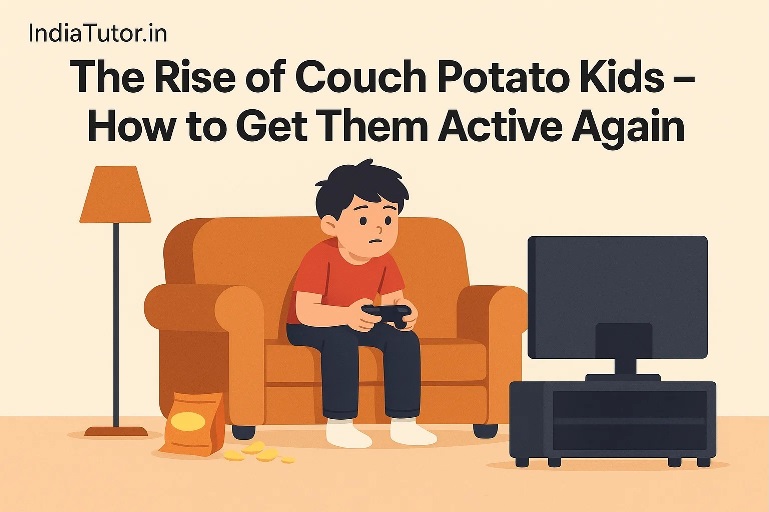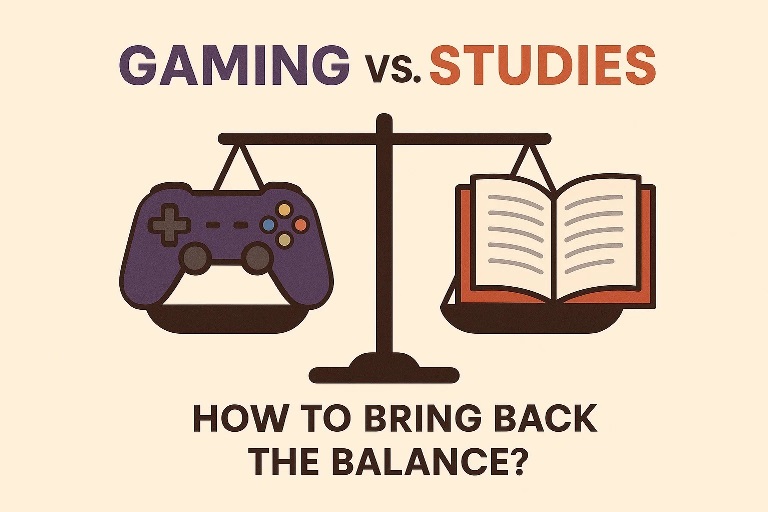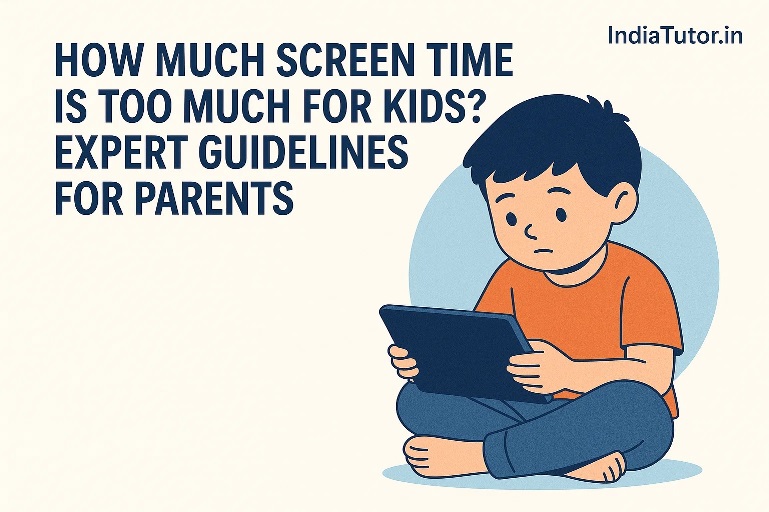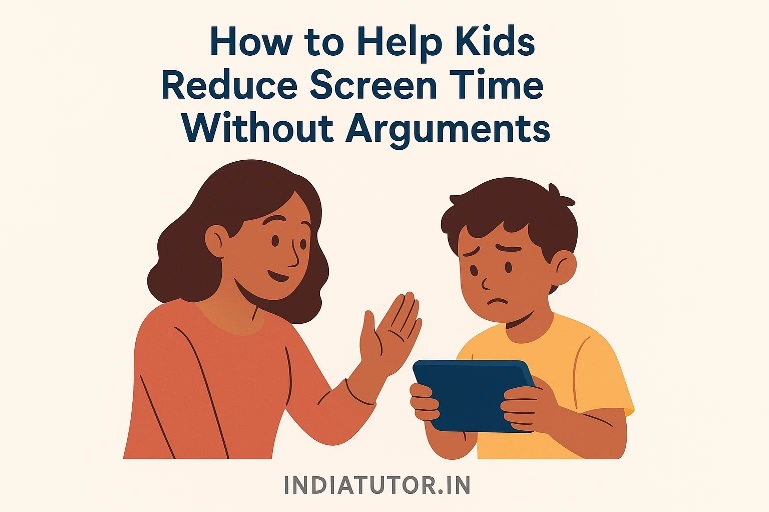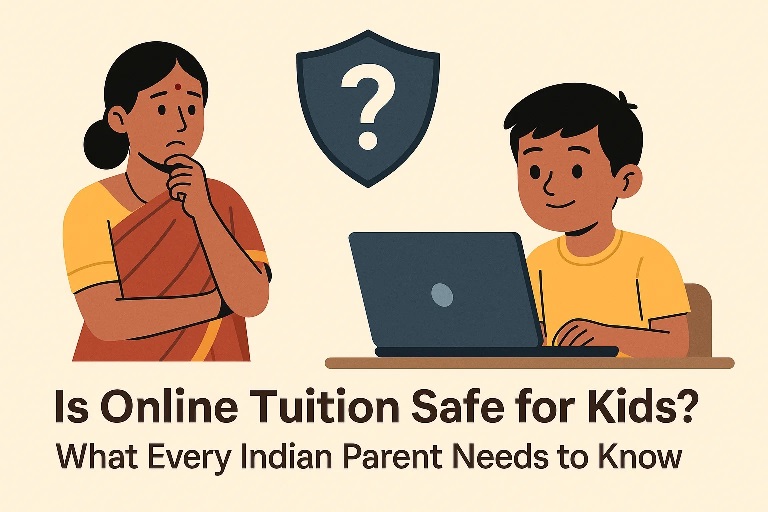As parents, we all want our children to grow up with the skills they need to succeed in the future. One of the most important skills in today’s interconnected world is the ability to communicate in English. Research shows that children who start learning English early not only perform better academically but also enjoy wider opportunities in higher education and careers across the globe.
English – The Global Language of Opportunity
English has become the common language of business, science, technology, and education. According to a 2022 report by the British Council, English is spoken by over 1.5 billion people worldwide, making it the most widely used second language. More than 50 percent of the content on the internet is in English, and most international universities use English as their primary medium of instruction.
For Indian students, early exposure to English can make it easier to adapt to global opportunities, whether it is studying abroad, working with multinational companies, or collaborating in international research and innovation.
Why Early Learning Makes a Difference
Children have a natural ability to pick up languages faster than adults. Neurolinguistic studies show that kids between the ages of 3 to 10 are in their prime years for language acquisition. During this period, their brains are more flexible, making it easier to grasp pronunciation, vocabulary, and grammar naturally.
For example, research published in the Journal of Child Language (2021) found that children who started learning a second language before age 7 achieved near-native fluency compared to those who started later. This highlights why early English learning is so effective.
Benefits of Learning English Early
-
Better Academic Performance
Children who learn English early often show stronger reading and comprehension skills. Since many textbooks, reference materials, and online learning platforms are available in English, kids have access to a wider range of knowledge. -
Stronger Communication Skills
Early exposure to English improves listening, speaking, and writing skills. It also helps children become confident speakers, which is an essential soft skill for success in higher studies and future jobs. -
Global Education Opportunities
Most top-ranked universities such as Harvard, Oxford, and MIT use English as the primary medium of teaching. Students with strong English skills find it easier to qualify for international entrance exams like IELTS, TOEFL, and SAT. -
Career Growth and Employability
In India, a survey by LinkedIn (2023) revealed that professionals with strong English skills earned 30–35 percent higher salaries than those with weaker language proficiency. Global companies also prefer candidates who can communicate effectively in English, as it ensures smoother teamwork and international collaboration. -
Cultural Exposure and Confidence
Learning English opens doors to global literature, films, and media. Children can interact with peers from different countries through exchange programs, online learning, and international competitions, which boosts confidence and broadens their worldview.
Real-Life Examples
Many Indian students who started learning English at a young age have successfully secured scholarships in top universities abroad. For instance, programs like the Fulbright and Chevening scholarships often highlight communication skills as one of the key selection criteria. Similarly, Indian professionals in IT, medicine, and management have found that strong English skills give them an edge when applying for jobs in countries like the USA, UK, Canada, and Australia.
How Parents Can Help Kids Learn English Early
-
Encourage reading English storybooks at home.
-
Watch English-language educational programs or cartoons with subtitles.
-
Involve kids in simple daily conversations in English.
-
Use interactive apps and online tuition to strengthen grammar and vocabulary.
-
Encourage kids to participate in debates, role plays, or storytelling activities.
My Thoughts
In today’s global world, English is more than just another subject in school—it is a gateway to opportunities. Starting early helps children build fluency naturally, gives them confidence, and prepares them for success in academics, careers, and international exposure. Parents who encourage English learning from the early years are giving their children a lifelong advantage.
Nidhi Mehta – Founder, IndiaTutor.in


